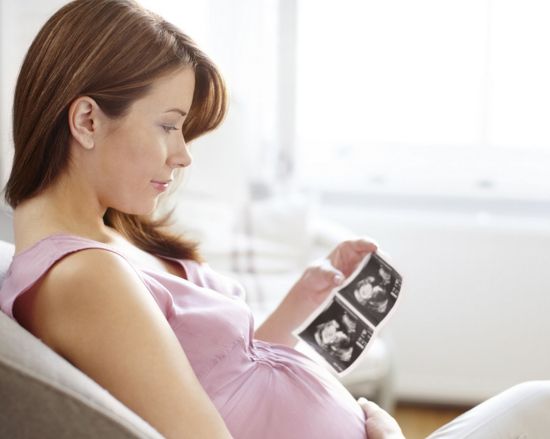In pregnancies; the doctor’s usually do not want to take any kind of risks and thus suggest you a host of tests, scans and procedures that are actually not really needed. You can avoid them if you are in a sound health and have overall healthy pregnancy. Sitting and waiting for long hours in the test clinics and undergoing the unnecessary tests just enhances the risk factor of hurting the baby – if the necessary scans are done and you get the signal from the doctor of a healthy embryo growing then you can avoid the following tests –
 Ultrasound Post Week 24
Ultrasound Post Week 24
If you have had a clean and trouble free pregnancy; any ultrasound scan is not needed post 24th Usually doctors prefer this scan to keep an eye on the child for any kind of fetal abnormalities or a low lying placenta. Sometime, late ultrasounds are performed when the couples want to see their baby developing just before the birth. Ultrasound during this period increases the chances of caesarean section. To figure out the size and health of the baby the doctor can use doppler ultrasound; which is not harmful.
Automatic Repeat Caesarean
It is a rarely known truth but all pregnant women who are delivering for the second time should know that vaginal birth is possible even after one caesarean operation. First time C section does not compel you to go for an automatic caesarean for your next baby. C section is a major surgery and involves many risks and also prolonged post operational care; instead if you opt for a vaginal birth you will take much less time for recovery.
Speak to your doctor about the pros and cons of going for a C section; if he/she advises you to have a normal vaginal delivery you can go for it without any hesitation during your second pregnancy.
Unnecessary Induction
Medically, sometimes inducing labor becomes essential; especially for pregnant women who have preeclampsia. In such cases induced labor is life saving; whereas many women nowadays opt for this procedure just for convenience. It is dangerous and risky as all health parameters do not match often equally and the process ends up in a cesarean section, which could be well avoided with a bit of more patience.
Many synthetic hormones are used for induction and studies say that around 64% of forcibly labor induced babies are likely to stay in neonatal intensive care unit than the ones born naturally
Continuous (Electronic) Fetal Monitoring
This have become a trend in most of the birth care centers; which is absolutely not necessary. For continuous electronic monitoring the pregnant mother is attached to a monitor, which records the baby’s heartbeat during labor. It has many side effects, like a bonding it restricts your movements, and also increases the risk of a forceps and C section surgery.
In some special cases, continuous electronic monitoring is essential; especially when the mother is having an induced labor, epidural or VBAC. But if it’s a problem free normal and healthy pregnancy, it is definitely not essential and you can opt to avoid it.






